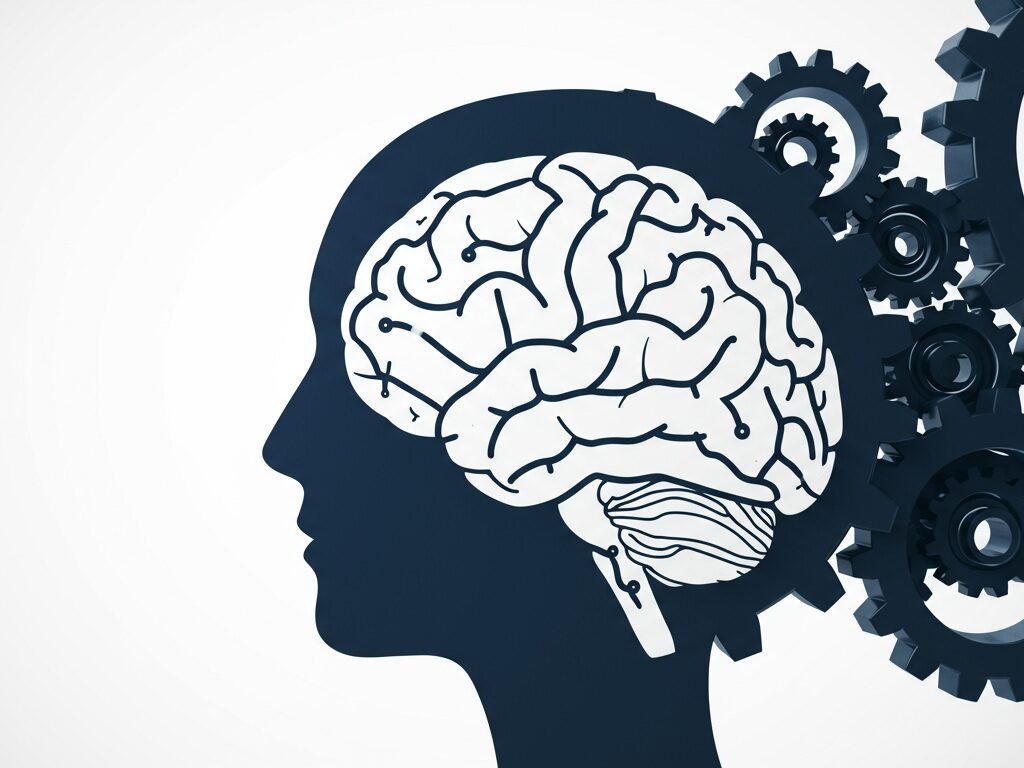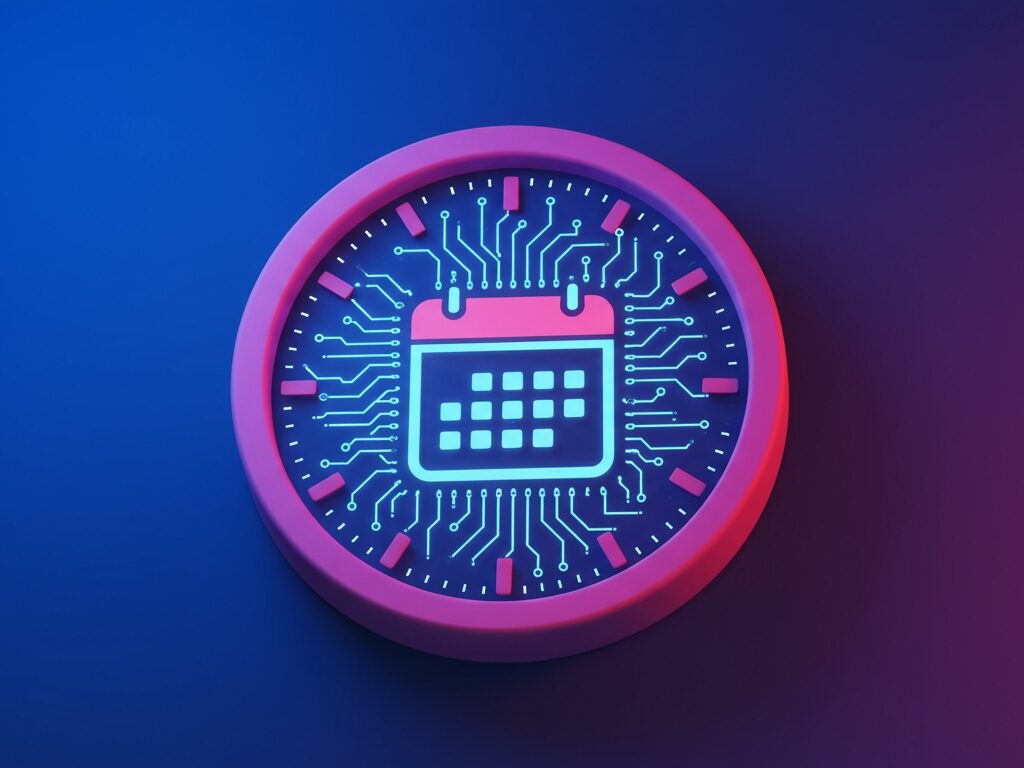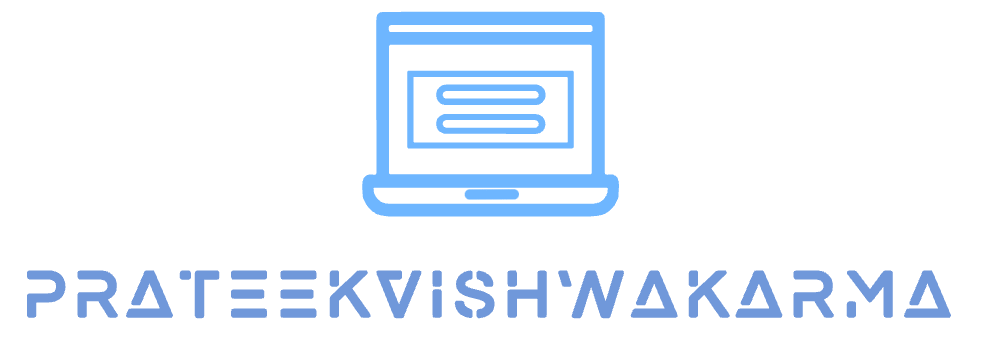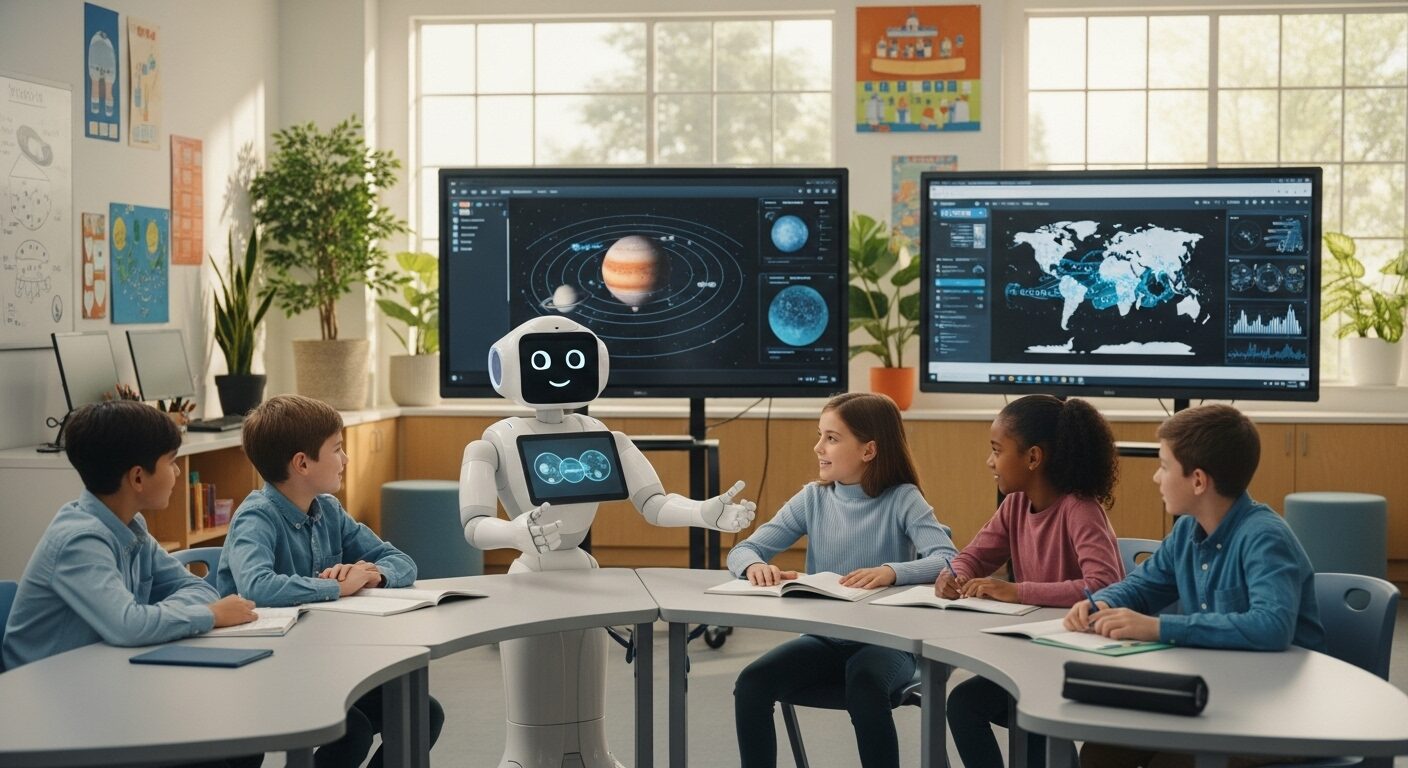Unleash Your Potential: Essential AI Tools for Boosting Personal Productivity
In a world that constantly demands more of our time and attention, the quest for enhanced personal productivity has never been more urgent. Enter Artificial Intelligence (AI) – no longer confined to sci-fi films, but seamlessly integrated into our daily routines, offering tangible solutions to everyday challenges. From smart assistants in our pockets to sophisticated software streamlining complex tasks, AI tools for personal productivity are revolutionizing how we work, learn, and live.
This article explores practical AI tools that can help you reclaim hours, optimize workflows, and ultimately, achieve more with less effort. We’ll delve into how AI can automate mundane tasks, augment your decision-making, and personalize your experiences to create a truly efficient and fulfilling life.
Key Takeaways:
- AI is transforming personal productivity by automating repetitive tasks, providing intelligent assistance, and enhancing decision-making.
- Tools cover various aspects of daily life, including communication, time management, organization, and learning.
- Effective AI tools can help streamline email, summarize meetings, optimize schedules, manage tasks, and boost creative output.
- Choosing the right AI solution involves considering ease of use, integration, privacy, and customization to fit your unique needs.
- Awareness of ethical considerations like data privacy and algorithmic bias is crucial for responsible AI adoption.
Understanding AI’s Role in Modern Productivity
Artificial Intelligence permeates our lives in countless subtle ways – from personalized recommendations on streaming services to the fraud detection systems protecting our bank accounts. But its most profound impact for individuals might be in its ability to amplify human productivity. AI excels at taking over routine, time-consuming tasks, freeing us to focus on activities that demand creativity, critical thinking, and genuine human connection.
By automating the mundane, AI doesn’t seek to replace human effort but to augment it, allowing for more strategic and high-value work. This augmentation can lead to significant gains in efficiency, with some studies suggesting individuals can see productivity improvements ranging from 20% to 40%. Imagine having an invisible assistant constantly optimizing your day, learning your habits, and handling the administrative burden that often bogs us down. That’s the promise of integrating AI tools for personal productivity.

Master Your Communication with AI
Effective communication is a cornerstone of productivity, yet it’s often a major time sink. AI offers innovative ways to streamline writing, manage emails, and make meetings more efficient.
AI Writing Assistants: Crafting Perfect Messages
Whether you’re drafting a critical email, a report, or a social media post, AI writing assistants can be invaluable. Tools like Grammarly, Jasper, Wordtune, and HyperWrite go beyond basic spell-checking. They offer real-time suggestions for grammar, style, tone, and clarity, helping you communicate more effectively and professionally.
Generative AI platforms like ChatGPT and Claude are excellent for brainstorming ideas, drafting content outlines, summarizing long documents, and even helping you overcome writer’s block. They can quickly generate first drafts, allowing you to focus on refining the message and adding your unique human touch.
Smart Email Management: Taming the Inbox Beast
For many, the email inbox is a constant battle. AI-powered features in email clients (like suggested replies in Microsoft Outlook or advanced sorting in apps like Spark) can help prioritize messages and automate responses. Some AI tools can even summarize email threads, extracting key information and action items, so you can grasp the essence of a conversation without reading every message. This dramatically reduces the time spent sifting through your inbox.
Meeting Summarizers & Transcribers: Making Every Minute Count
Meetings are essential, but note-taking can distract from active participation. AI tools like Otter.ai, Fireflies.ai, Granola, and Lindy automatically transcribe spoken words into text, providing accurate records of discussions. Many of these services then go a step further, generating concise summaries, highlighting action items, and even allowing you to “chat” with the meeting transcript to quickly recall details. Some even operate discreetly without a visible “bot” in the meeting, enhancing participant comfort.
Supercharge Your Time & Task Management
Time is our most precious resource. AI offers sophisticated ways to manage your calendar, prioritize tasks, and organize information, ensuring you focus on what truly matters.
AI Scheduling Assistants: Optimizing Your Day
Juggling appointments, deadlines, and personal commitments can be a nightmare. AI scheduling assistants like Reclaim.ai, Clockwise, and Motion automate the complex dance of calendar management. These tools can:
- Automatically block out time for focused work based on your preferences and existing commitments.
- Reschedule conflicting meetings to find the best time for all participants, minimizing disruption.
- Learn your work habits to suggest optimal times for different types of tasks.
- Help create a healthier work-life balance by preventing over-scheduling and burnout.
They truly embody the essence of AI tools for personal productivity, taking the cognitive load out of planning.

Intelligent Task Managers: Staying on Top of Your To-Do List
Task management apps infused with AI help you not just list tasks, but intelligently act on them. Tools like Todoist’s AI Assistant, Notion (with AI), and Motion provide features that:
- Prioritize tasks based on deadlines, dependencies, and importance.
- Break down large goals into smaller, actionable steps.
- Automate recurring tasks and integrate with your calendar.
- Provide insights into your productivity patterns.
These tools act as a proactive partner, guiding you through your workload and ensuring high-impact activities get the attention they deserve. For deeper insights into managing your digital workload, consider exploring our guide on Digital Declutter Strategies.
Smart Note-Taking Apps: Capturing and Connecting Ideas
From meeting notes to personal brainstorms, AI-powered note-taking apps transform how you capture, organize, and retrieve information. Notion AI, OneNote with Copilot, and Mem are examples that can:
- Summarize long articles or documents.
- Generate new content or ideas based on your existing notes.
- Find connections between disparate pieces of information.
- Answer specific questions about your stored data.
They help turn raw information into actionable knowledge, preventing valuable insights from getting lost in a digital maze.
Elevate Learning & Creativity with AI
AI isn’t just for rote tasks; it’s a powerful catalyst for intellectual growth and creative expression.
AI Research Assistants: Faster Insights
Need to quickly gather information or understand complex topics? AI search engines like Perplexity AI and Exa AI provide summarized answers with sources, cutting down research time significantly. Tools like Notebook LM can process and summarize various content formats – PDFs, websites, videos – and even provide audio summaries, making learning more accessible and efficient.
Content Generation & Brainstorming: Sparking New Ideas
For creative professionals, students, or anyone needing to generate ideas, AI is a powerful assistant. Generative AI tools like ChatGPT, Claude, and Jasper can brainstorm headlines, outline articles, draft social media posts, or help you develop new concepts when you’re stuck. They provide a fantastic starting point, allowing you to iterate and personalize the output, dramatically reducing the time spent on initial ideation.
Choosing the Right AI Tools for Your Needs
With a burgeoning market of AI solutions, selecting the right AI tools for personal productivity can feel overwhelming. Here are key factors to consider:
- Identify Your Pain Points: What tasks consume most of your time? Where do you feel least efficient? Start by addressing these specific challenges. For example, if email is overwhelming, look for AI email assistants.
- Ease of Use & Integration: Opt for tools with intuitive interfaces and seamless integration with your existing software (e.g., Google Calendar, Slack, Microsoft Office). A steep learning curve or clunky integration can negate productivity gains.
- Accuracy & Reliability: For tasks like transcription or content generation, accuracy is paramount. Look for tools with strong reviews and proven performance. Reliability ensures the tool consistently performs when you need it.
- Customization & Personalization: The best AI tools learn from your preferences and adapt to your unique workflow, offering personalized experiences.
- Data Privacy & Security: Understand how a tool handles your data. This is crucial, especially for sensitive information. Look for strong privacy policies and encryption.
- Cost-Benefit Analysis: Many tools offer free tiers, but premium features often provide significant value. Evaluate whether the time saved and productivity gained justify the cost.
By carefully assessing these criteria, you can curate a suite of AI tools that truly enhance your daily efficiency. For more insights into streamlining your workflow, check out our article on Mastering Workflow Automation for Peak Efficiency.
Navigating the Future: Ethical Use and Considerations
While the benefits of AI in everyday life are undeniable, responsible adoption requires acknowledging and addressing ethical considerations.
- Data Privacy and Security: AI systems often require access to vast amounts of personal data. It’s crucial to be aware of how your information is collected, stored, and used. Prioritize tools with robust data protection and transparent privacy policies.
- Bias and Discrimination: AI algorithms learn from historical data, which can sometimes contain inherent societal biases. This can lead to discriminatory outcomes in various applications. Users should be aware of this potential and critically evaluate AI outputs, particularly in sensitive contexts.
- Transparency and Accountability: Some AI systems are often referred to as “black boxes,” meaning their decision-making processes are difficult to understand. As AI takes on more critical roles, ensuring transparency and establishing clear accountability frameworks become essential.
- Over-reliance and Critical Thinking: While AI can assist, it should not replace human judgment. Over-reliance on AI without critical oversight can diminish our own cognitive skills and lead to errors if the AI generates incorrect or biased information.
- Job Displacement: Automation through AI may lead to job displacement in some sectors. Understanding this societal impact is part of responsible AI integration, encouraging skills development and adaptation.
By staying informed and making conscious choices, we can harness AI’s power while mitigating its potential pitfalls, ensuring a future where technology serves humanity responsibly. For further reading on the broader societal implications of AI, refer to this overview of AI ethics on Wikipedia.
Frequently Asked Questions About AI Tools for Personal Productivity
Q1: What are the most common AI tools used in daily life for productivity?
A1: The most common AI tools include voice assistants (Siri, Google Assistant), smart keyboards with autocorrect, navigation apps (Google Maps, Waze), email spam filters, and personalized recommendation engines. For productivity specifically, AI writing assistants (Grammarly, Jasper), scheduling tools (Reclaim.ai, Clockwise), note-takers (Notion AI, Otter.ai), and AI chatbots (ChatGPT, Claude) are widely used.
Q2: Can AI really make me more productive, or does it just add more complexity?
A2: When chosen and implemented strategically, AI can significantly boost productivity by automating repetitive tasks, providing quick insights, and streamlining workflows. However, simply adopting many AI tools without clear purpose can add complexity. The key is to select tools that address specific pain points and integrate well into your existing routines.
Q3: Are there free AI tools for personal productivity that are effective?
A3: Yes, many effective AI tools offer free tiers or versions. Examples include basic versions of Grammarly for writing, ChatGPT for general assistance, and some note-taking and transcription apps like Otter.ai (with usage limits) or Notion AI for limited features. These free options are great for experimenting and discovering how AI can benefit you before investing in paid subscriptions.
Q4: How does AI help with time management?
A4: AI time management tools automate scheduling, prioritize tasks, and optimize your calendar. They can block out focus time, reschedule meetings to avoid conflicts, and even learn your peak productivity periods to suggest the best times for specific activities. Tools like Motion and Reclaim.ai are prime examples of this.
Q5: What are the privacy concerns with using AI productivity tools?
A5: Primary privacy concerns revolve around the collection, storage, and processing of your personal data. AI tools often require access to sensitive information (e.g., emails, calendar, notes) to function effectively. It’s crucial to read privacy policies, understand how your data is used, and choose reputable tools with strong security measures.
Q6: Can AI help with creative tasks, or is it just for mundane automation?
A6: AI is increasingly powerful for creative tasks. Generative AI models can assist with brainstorming, generating content ideas, drafting written pieces, and even creating visual concepts. While AI provides a foundation, the human element remains vital for refining, personalizing, and injecting true creativity into the final output.
Q7: How do I integrate AI tools into my current workflow?
A7: Start by identifying a specific task you want to improve. Choose an AI tool known for that function (e.g., an AI writing assistant for email drafting). Look for tools that offer integrations with your existing platforms like Google Workspace or Microsoft 365. Begin by using the AI tool for a small part of that task, gradually expanding its role as you become more comfortable. This iterative approach ensures smooth adoption.
Conclusion
The integration of AI into our daily lives marks a pivotal shift in how we approach productivity. Far from being a futuristic concept, AI tools for personal productivity are readily available, offering practical solutions to common challenges in communication, time management, organization, and creativity. By embracing these intelligent assistants, we can automate the repetitive, gain clearer insights, and free up invaluable time and mental energy for deeper, more meaningful pursuits.
However, the journey with AI is a partnership. While AI handles the heavy lifting, our critical thinking, ethical awareness, and strategic guidance remain paramount. As you explore and adopt these tools, remember to choose wisely, prioritize privacy, and always maintain your human oversight. The future of productivity isn’t about replacing human potential, but empowering it to reach unprecedented heights.
















Add a Comment